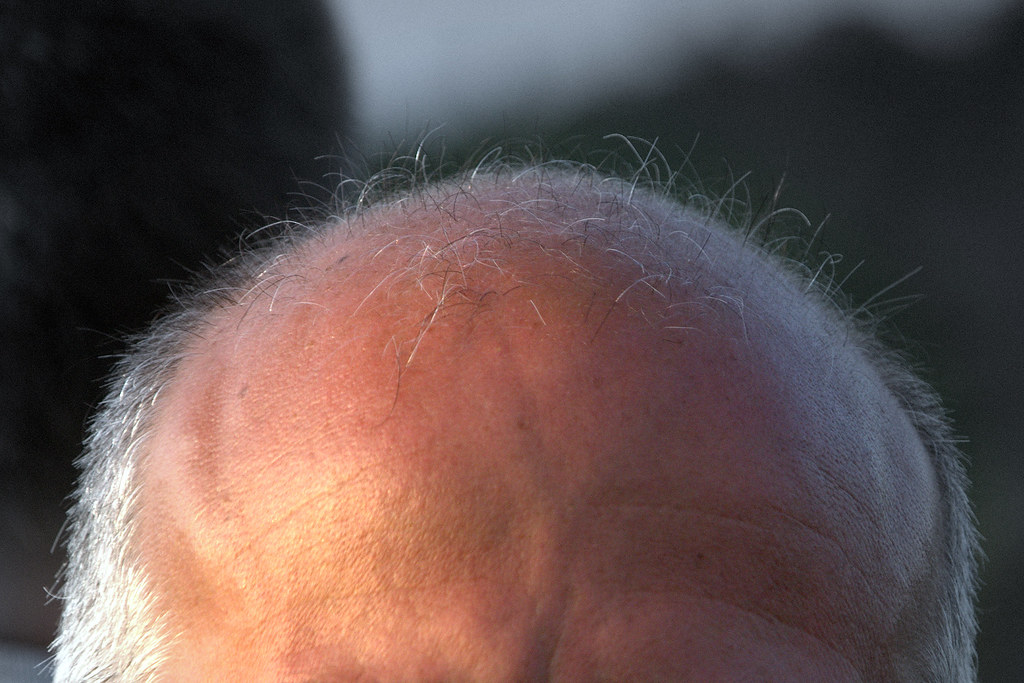Trending
Scientists discover potential cure for baldness thanks to new research
"Our work could offer something to help people suffering from a variety of problems."

In what is a major breakthrough thanks to new research, scientists are claiming they have found a potential cure for hair loss.
With statistics and estimations showing that approximately 85% of men and 40% of women will be affected by hair loss at some point in their lives, researchers at the University of California Riverside have been studying hair follicles in depth to try and find out as much as possible.
In a new study published in the Biophysical Journal, the team at UC Riverside explained that they decided to focus on hair follicles as they’re the only organ in humans that regenerates automatically and regularly, even if they haven’t been injured – and it’s from this research that they they discovered that just a single chemical is the key cause for hair follicle cells dividing and dying.
They discovered a type of protein named TGF-beta.
TGF-beta controls the process in which cells in hair follicles – including stem cells – divide and form new cells, or orchestrate their own death, which eventually leads to the death of the whole hair follicle.
But could this be reversed and successfully cure baldness and heal wounds? Scientists hope so.
Explaining more about the discovery in the study, UC Riverside mathematical biologist and study co-author Qixuan Wang said: “In science fiction when characters heal quickly from injuries, the idea is that stem cells allowed it.

“In real life, our new research gets us closer to understanding stem cell behaviour, so that we can control it and promote wound healing.”
“TGF-beta has two opposite roles,” Wang added.
“It helps activate some hair follicle cells to produce new life, and later, it helps orchestrate apoptosis, the process of cell death.”
While no one is entirely sure why follicles kill themselves, and some hypotheses suggest it’s a trait inherited from animals shedding fur to survive hot summer temperatures, or trying to camouflage, what we do know is that with TGF-beta, as is the same with many chemicals, it’s the amount that makes the difference, and if the cell produces a certain quantity of TGF-beta, then it activates cell division.
Wang continued: “Even when a hair follicle kills itself, it never kills its stem cell reservoir [as] when the surviving stem cells receive the signal to regenerate, they divide, make new cell and develop into a new follicle.”
Read more: Tribunal rules that calling men ‘bald’ is sexual harassment
Of course, there’s still some way to go until baldness is cured – however, researchers have suggested that it may be possible to activate follicle stem cells and stimulate hair growth if more research is carried out on how TGF-beta communicates with other genes and promotes cell division.
If they can find a way to accurately control levels of the protein, then it could lead to an effective treatment for hair loss.
“Potentially, our work could offer something to help people suffering from a variety of problems,” Wang concluded.
Featured Image – malehmann (via Flickr)













